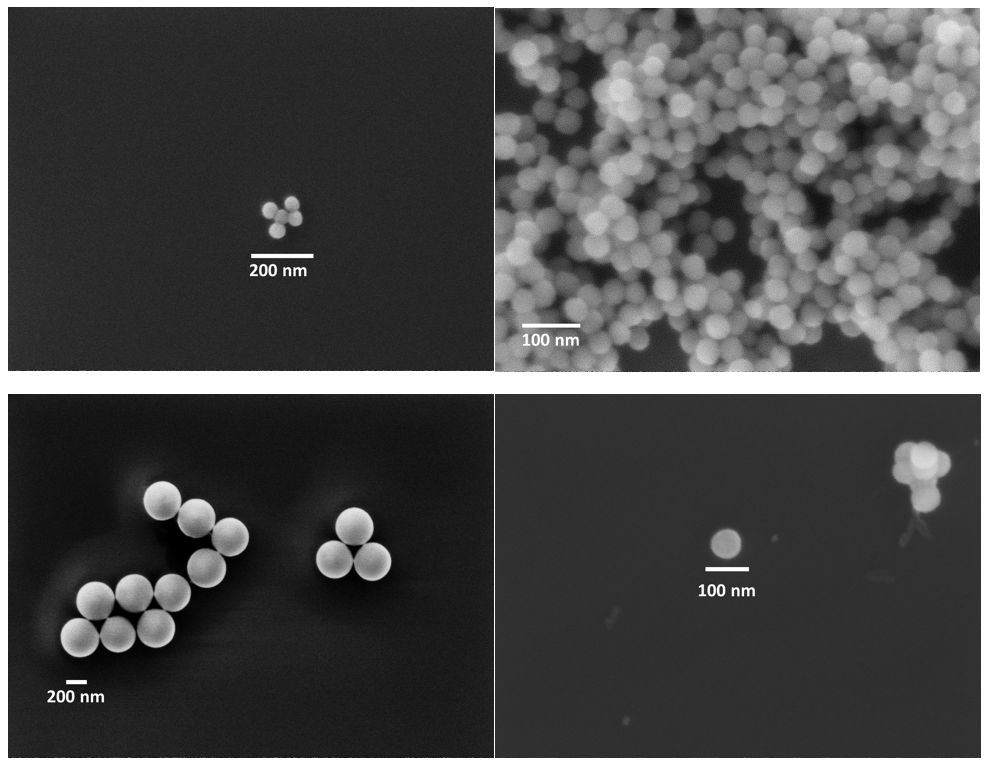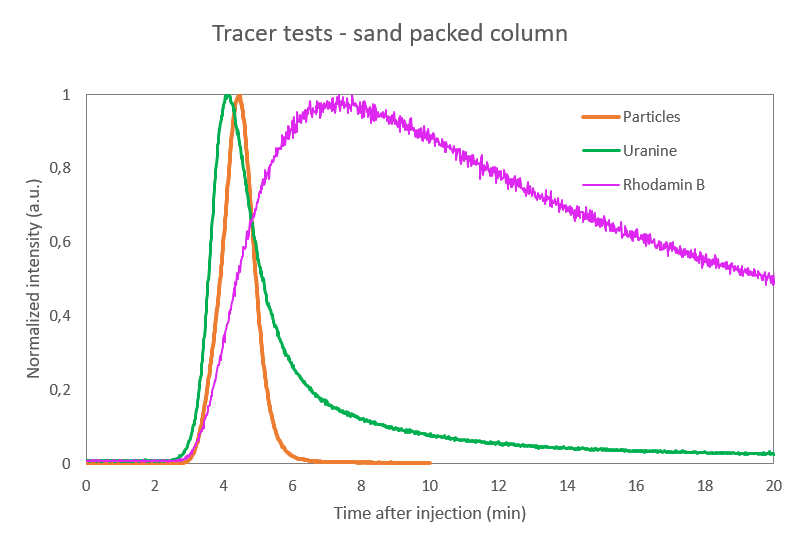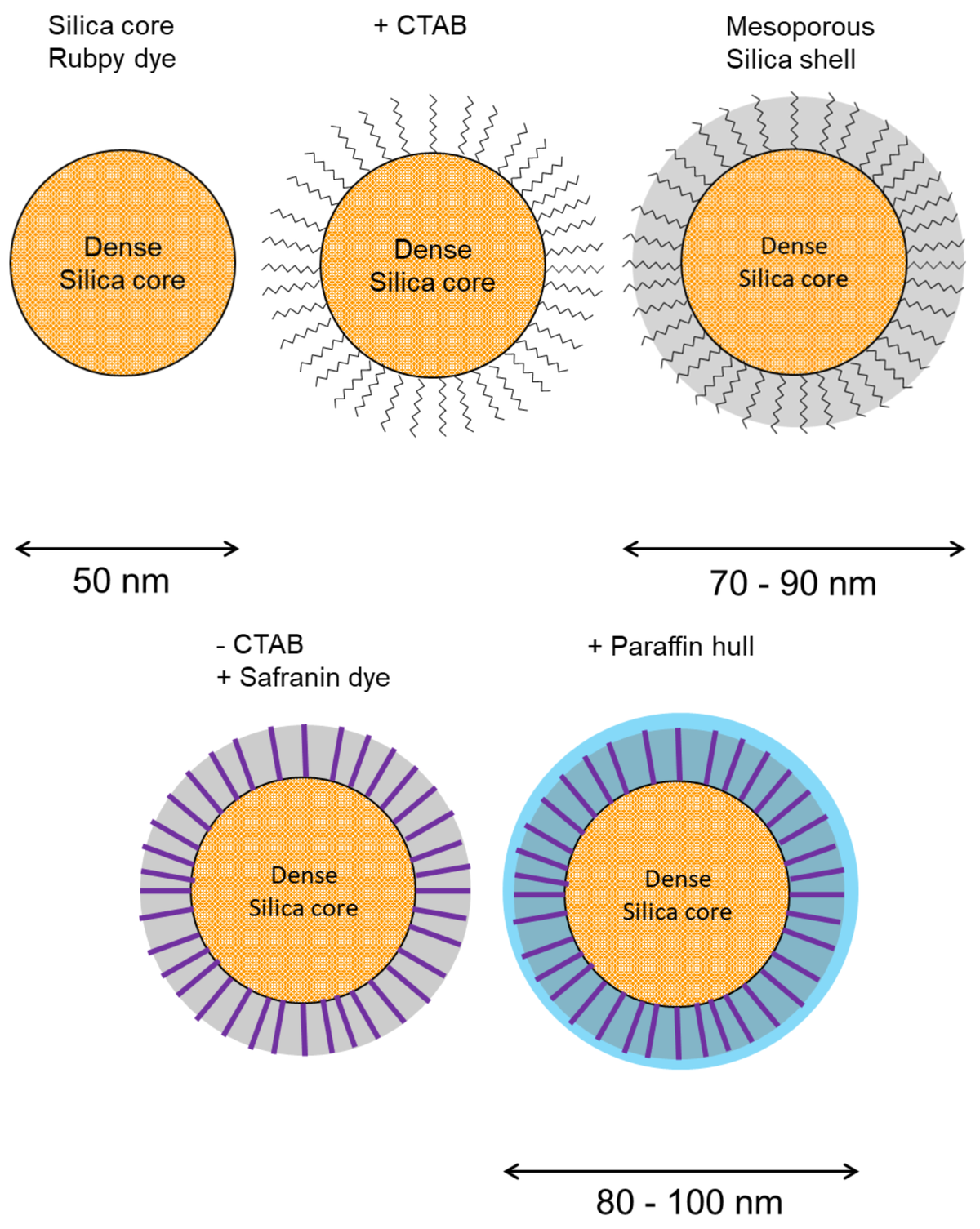Nanoparticle tracers
Supervisors: Prof. Dr. Thomas Kohl, Prof. Dr. Thomas Schimmel
Person in charge: Laura Spitzmüller
Accurate information about the temperature distribution in the subsurface is crucial for operation and monitoring of geothermal reservoirs.
The advantage of particle tracers in comparison to traditional tracers (e.g. uranine, fig. 1) is the mainly advective transport mechanism which leads to a fast and direct transport. The particle tracers can be therefore used to determine the main flow paths. Additionally, the nanoparticles enable a functionalization to save information (e.g. temperature distribution). The incorporation of fluorescent dyes facilitates the detectability of the particles. The irreversible, temperature triggered release of a reporting dye, and hence the change in the ratio of the reporting to the reference dye (which remains stable inside the particle, fig. 2) allows a detailed analysis of temperature distribution in the reservoir.
Part of this thesis is the design and application of smart nanoparticle tracers in cooperation with the Institute of Nanotechnology/Applied Physics (Institut of Applied Physics - Research Group Prof. Dr. Th. Schimmel (kit.edu)). The particles are adapted by surface modifications using anionic, cationic and zwitterionic surfactants to prevent interactions with the rock matrix. Furthermore, maintaining the particles undisturbed by the high saline hot geothermal fluids is one major task. For characterize and analyze the particles, various measuring devices like SEM (fig. 3), TEM, fluorescence spectroscopy and Zetasizer are used. Additionally, flow through tests using a sand packed-bed column and stability tests using autoclaves are performed.
 Figure 3: SEM images of the nanoparticles.
Figure 3: SEM images of the nanoparticles.


